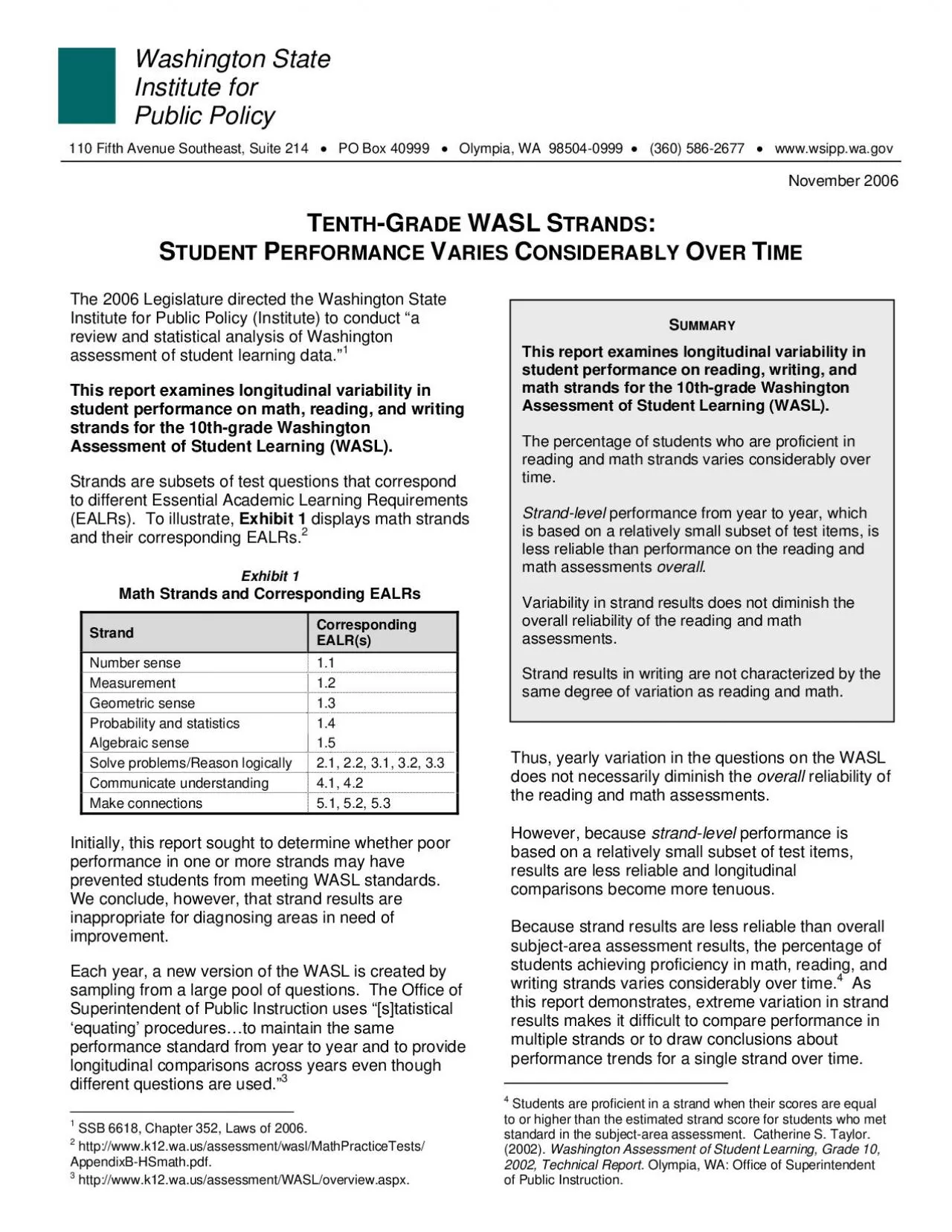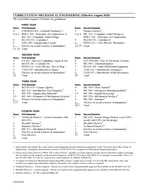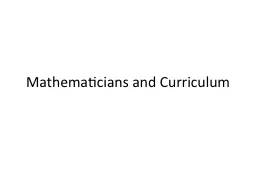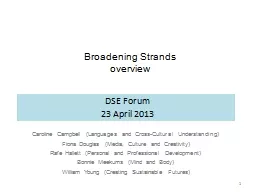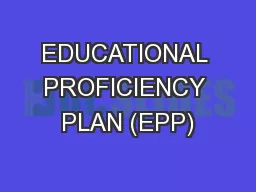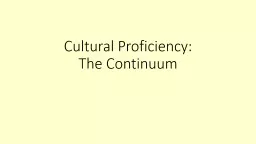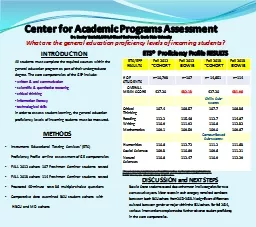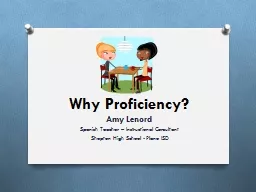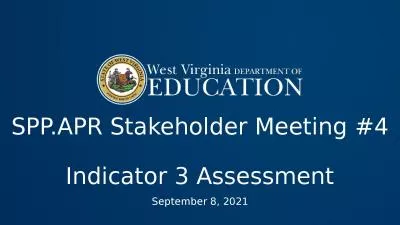PDF-ATH TRAND students who achieved proficiency in eight math strands on t
Author : kylie | Published Date : 2021-09-30
19992000200120022003200420052006Content 1Content 2Content 3Content 4Content 5Process 1Process 2Process 3Content 1 Number Sense Content 2 Measurement Content 3 Geometric
Presentation Embed Code
Download Presentation
Download Presentation The PPT/PDF document "ATH TRAND students who achieved proficie..." is the property of its rightful owner. Permission is granted to download and print the materials on this website for personal, non-commercial use only, and to display it on your personal computer provided you do not modify the materials and that you retain all copyright notices contained in the materials. By downloading content from our website, you accept the terms of this agreement.
ATH TRAND students who achieved proficiency in eight math strands on t: Transcript
Download Rules Of Document
"ATH TRAND students who achieved proficiency in eight math strands on t"The content belongs to its owner. You may download and print it for personal use, without modification, and keep all copyright notices. By downloading, you agree to these terms.
Related Documents

